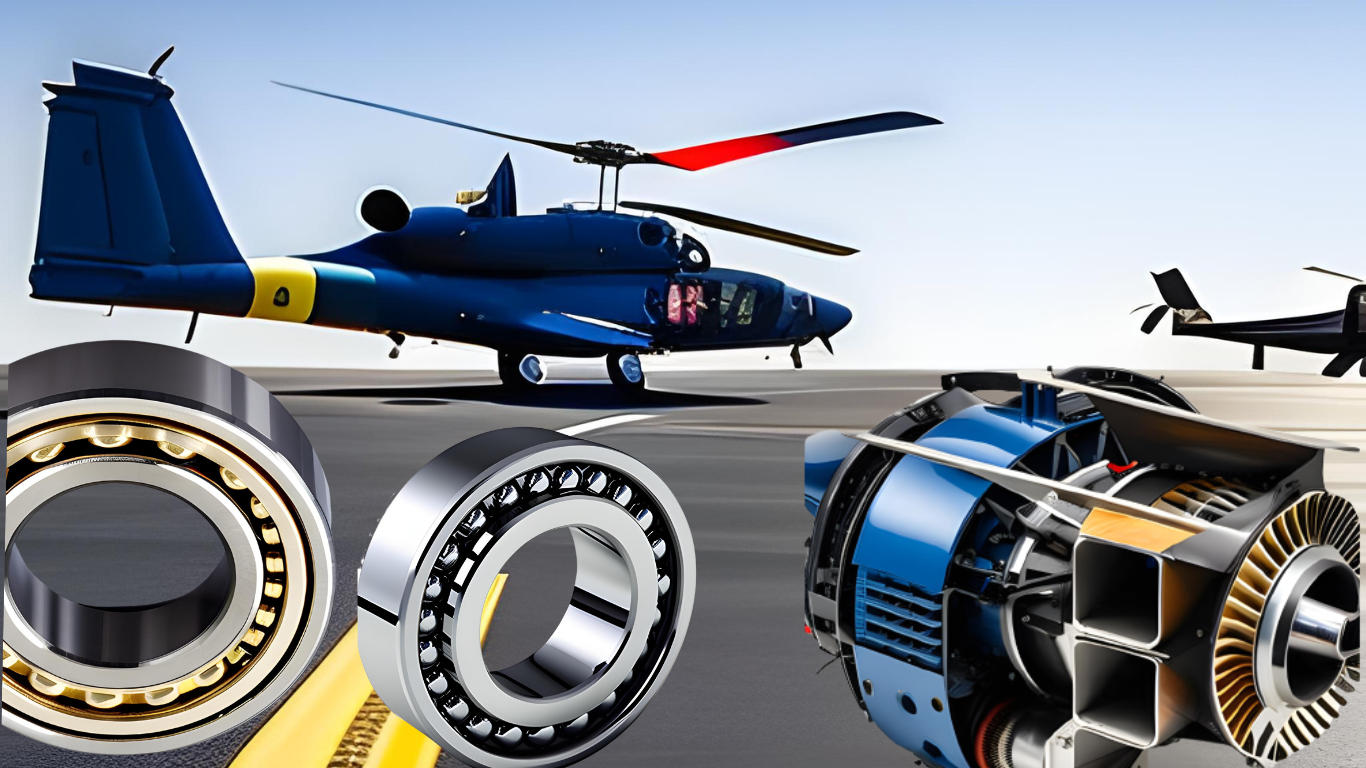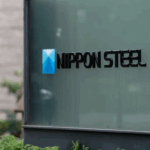As aviation technology takes flight into the future, the often-overlooked bearings—crucial components that enable the smooth operation of engines and aircraft systems—are undergoing revolutionary advancements, from hybrid ceramics to smart, sensor-equipped designs.
As aviation technology advances, a critical yet often-overlooked component is also undergoing significant transformation: bearings. These essential elements, responsible for ensuring the smooth operation of engines and aircraft systems, are now at the forefront of innovation. From hybrid ceramic designs to smart, sensor-equipped systems, bearings are playing a pivotal role in the future of aviation.
Within every aircraft, bearings silently enable the efficiency and safety of flight, from managing the movement of turbine engines to guiding landing gear during touchdown. Their evolution has been driven by the increasing demands of modern aviation, requiring greater durability, heat resistance, and lighter weight. Originally, simple ball and roller bearings were used to reduce friction and wear in early aircraft engines. However, as aviation reached new heights, so did the need for advanced materials and technologies, resulting in significant innovations like high precision bearings.
Today, the aerospace industry’s focus on sustainability, fuel efficiency, and next-generation materials has led to the development of hybrid ceramic bearings. These bearings, featuring ceramic balls and steel raceways, are lighter, more heat-resistant, and offer significantly less wear than traditional steel bearings. In gas turbines, where temperatures often exceed 1,000°C, hybrid ceramic bearings provide superior resistance to thermal expansion and oxidation, increasing engine lifespan and reducing maintenance costs—a major advantage for airlines.
As electric aircraft emerge as a solution for zero-emission flight, new challenges arise for bearings, particularly in electric propulsion systems. Electric motors generate unique loads and require bearings that can operate at high rotational speeds with minimal lubrication. Engineers are currently developing high-speed, self-lubricating bearings to handle these specific stresses, ensuring that bearings continue to be a key player in electric aviation.
In addition to advancements in materials, digital technology is revolutionising the future of aviation bearings. Smart bearings, equipped with embedded sensors, monitor performance in real-time, tracking variables like temperature, vibration, and wear. This data is transmitted to engineers, enabling predictive maintenance that prevents potential failures before they occur. This innovation allows airlines to optimise maintenance schedules, reducing the likelihood of unexpected breakdowns and enhancing overall safety.
A groundbreaking advancement in bearing technology is the development of active magnetic bearings (AMBs), which provide frictionless operation by suspending rotors using magnetic fields. By eliminating physical contact, AMBs dramatically reduce wear and tear on the engine. Though still in the developmental phase, these bearings hold immense potential for improving the efficiency of high-speed rotating machinery, including gas turbines.
As aviation continues to evolve, bearings will remain integral to its progress. From hybrid ceramic bearings in high-performance engines to smart, sensor-driven systems for real-time monitoring, these innovations are reshaping the aerospace industry. High-precision bearings and bearings for gas turbines are pushing the limits of technology, ensuring that the aviation world remains efficient, safe, and sustainable.
In the pursuit of cleaner, more efficient, and safer air travel, bearings will continue to rise to new challenges. Whether in electric aircraft or hypersonic jets, these unsung heroes will remain the silent force driving the future of flight, enabling the skies to remain open for exploration and innovation.

















